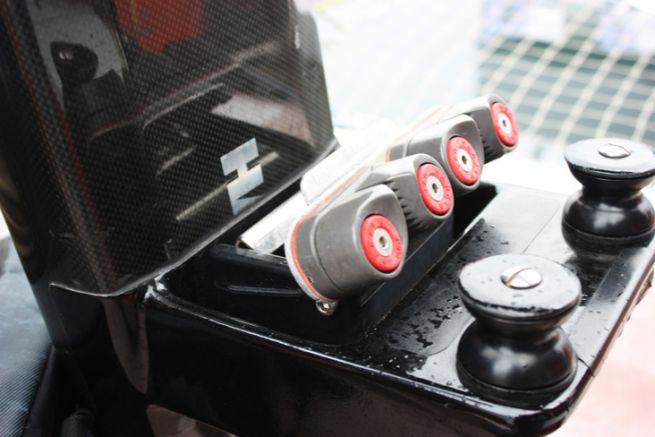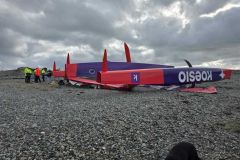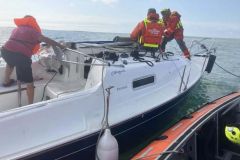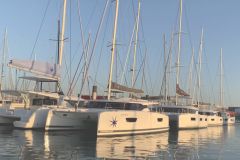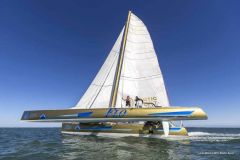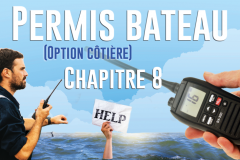ACS for "Anti-Capsize System" was developed 15 years ago by teacher Roger Ganovelli. The first to acclaim this system is none other than Franck Cammas on Groupama 2 (ORMA). This trust placed by the sailor propels the system ahead of the ocean multihull scene. In 2006 all ORMA trimarans were equipped with the ACS. IF ACS is very present in offshore racing, some standard multihulls, on fairly advanced models such as Gunboat, also use this system to limit the risk of capsizing.
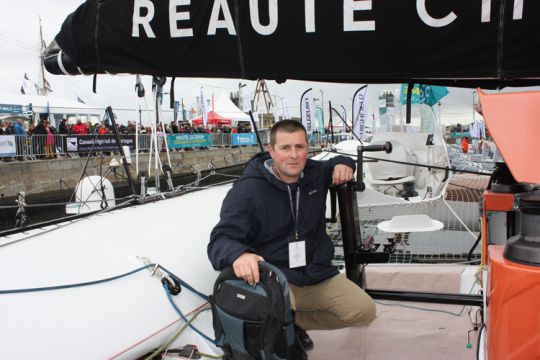
Approved by the runners
Even today, multihull skippers still admit that they cannot do without it. At the start of this 2018 Route du Rhum, there are 9 boats equipped with ACS: both Ultimate and Multi50 (where this type of system is even made mandatory by the class). But ACS is also present on some boats entered in the RhumMulti category: Charlie Capelle, Gilles Buckenout, Yann Marilley on his Outremer 5X and Gerald Bibot on a TS52.
An efficient system that has proven its worth today. A Multi50 skipper met on the pontoons before the start admits that during a race like the Route du Rhum, the system can be activated up to 10 times. All these opportunities would undoubtedly have put an end to the race.

How does it work?
The system consists of two components: on the one hand an "all-in-one" control box - no external sensor is required - and on the other hand a plate on which one or more locking cleats are mounted. The plate is mounted on a hinge and held by a trigger. On an electrical impulse, a finger pushes the trigger that releases the rotating plate. With the tension of the sheets, the plate lifts up and releases the sheets at stations on the jamming cleats.
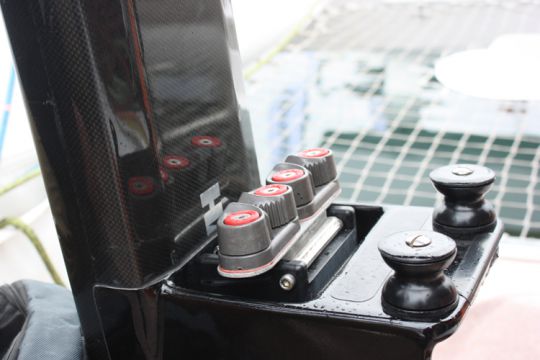
So much for the mechanical part. Concerning the electronic part of the box, its designer wants to be more discreet. He will only briefly explain that the system works with angle and acceleration sensors. However, he will not tell us anything about the servo system which is capable of making the difference between a laughing stock and a wave so as not to drop unexpectedly.
More precisely, the system allows you to set up a sequenced release to release the headsails before listening to the mainsail, for example. It is also possible to shunt the loading or the gite. For example, upwind, loading is not dangerous. On the other hand, downwind, the angle of the heel is less important than the angle of loading, which can quickly become critical.
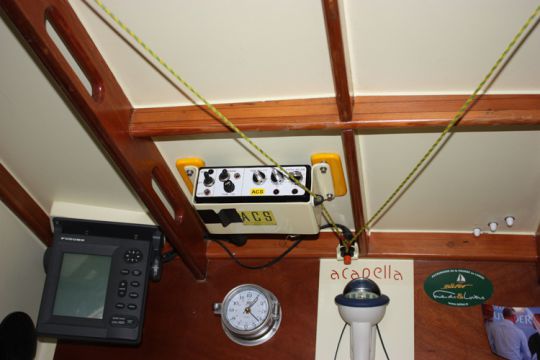
Different settings adapted to the speed
The sailors will block the listening of their choice on the jammer and will also choose the trigger parameters: maximum heel angle, maximum loading angle and sensitivity. 3 buttons for simple and intuitive operation. The box can be installed anywhere in the boat. Some will choose to put it close to the electrical panel and navigation instruments, others will prefer that the display panel be close to the cockpit (as the system also has an on/off mode to be switched off when the skipper is alert on deck or when sailing with a crew).
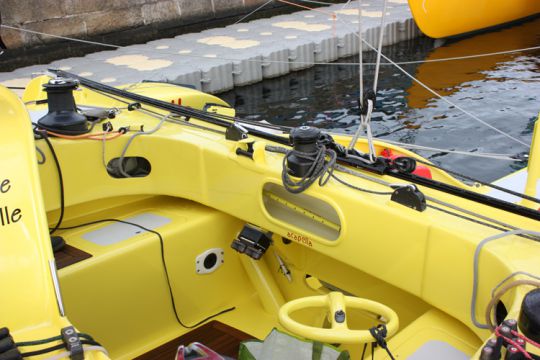
To avoid dumping all the way down
On large trimarans (from 50 feet), tucking in the gennaker sheet is a long and tedious operation. If the system were to release all the slack in the listening, it would take a lot of time and energy to get it back on track. To avoid wasting time during the race, some skippers add a second cleat upstream of the ACS board. The sheet is blocked in both cleats with a certain length of slack in between. When the release system is activated, only the slack value is shocked (between 3 and 5m for a Multi50). This allows the boat to be relaunched much faster and more efficiently or to delay if it is necessary to shock more.

 /
/ 